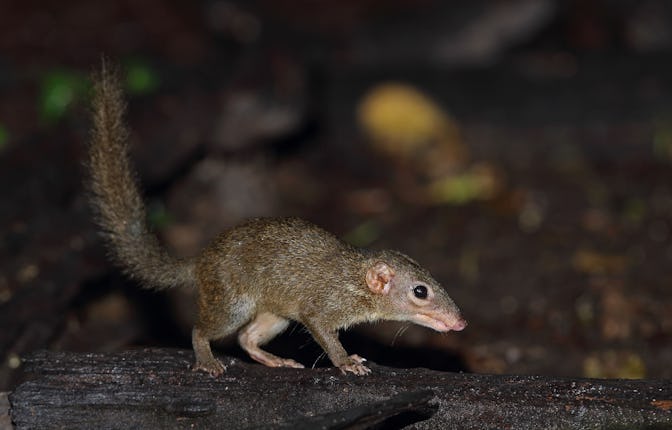How worried should we be about the new Langya virus?
Reports of a new virus in China are scary, but that doesn’t mean it’s going to be COVID all over again.

As America struggles with its C-minus monkeypox vaccine rollout, scientists in China are eyeing a newly identified virus that’s given at least 35 people flu-like symptoms. It’s called the novel Langya henipavirus (LayV) — and although I, too, am tempted to join those people who hold “End of Days” signs on the side of the highway, there’s actually good reason to stay calm about this virus.
Despite what some headlines are suggesting, Langya isn’t technically a new virus. It was detected in parts of China in 2018, per The Guardian, but only given a formal identification and name last week. Scientists — who shared their findings in a report published in The Journal of New England Medicine — believe the virus somehow jumped from shrews to humans, and researchers also learned that domesticated animals are susceptible to Langya, after they found it in 2% of goats and 5% of dogs they tested, The Guardian reported. Although a majority of the people who were infected with the Langya virus experienced symptoms like fever, tiredness, and coughs, Taiwan’s Centers for Disease Control (CDC) reported that none became severely ill or died, per the Taipei Times. In addition, most of the people who caught the virus were farmers who had not been in contact with each other, suggesting that there hasn’t been human-to-human transmission so far.
So, what’s the big deal? The reason some have expressed real concern about Langya is primarily because it belongs to a family of viruses called Henipaviruses; that includes the Nipah virus, which has a terrifyingly high fatality rate of up to 75%, per the World Health Organization. But if the Langya virus could spread from person-to-person that easily, it would already be ubiquitous, considering it was first found four years ago, as University College London Genetics Institute director Francois Balloux pointed out in a Twitter thread.
That said, there is reason to be concerned about the sheer volume of viruses we’re seeing jump from animals to humans, which is projected to get worse with climate change. According to a study published Tuesday in the journal Nature Climate Change, more than half of the human infectious diseases documented globally have been exacerbated by “climate hazards.”
It’s more important than ever to keep a level head and to have a grounded perspective on new diseases. We’re all traumatized by COVID, and the shock value of potential new pandemics is a recipe for rampant misinformation. But in some ways, this is a good sign: It means we’re taking our health more seriously and trying to get our shit together before things get worse.